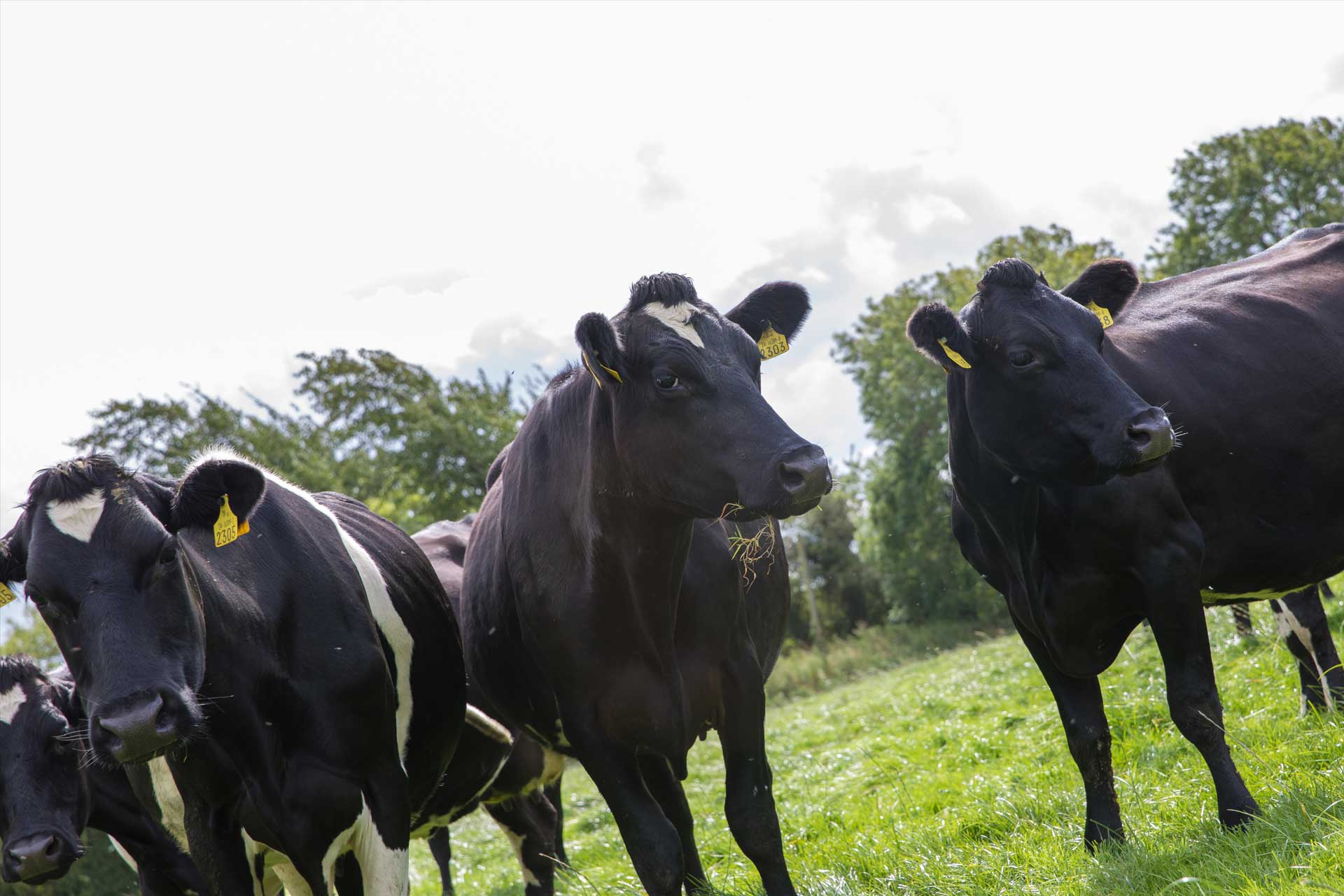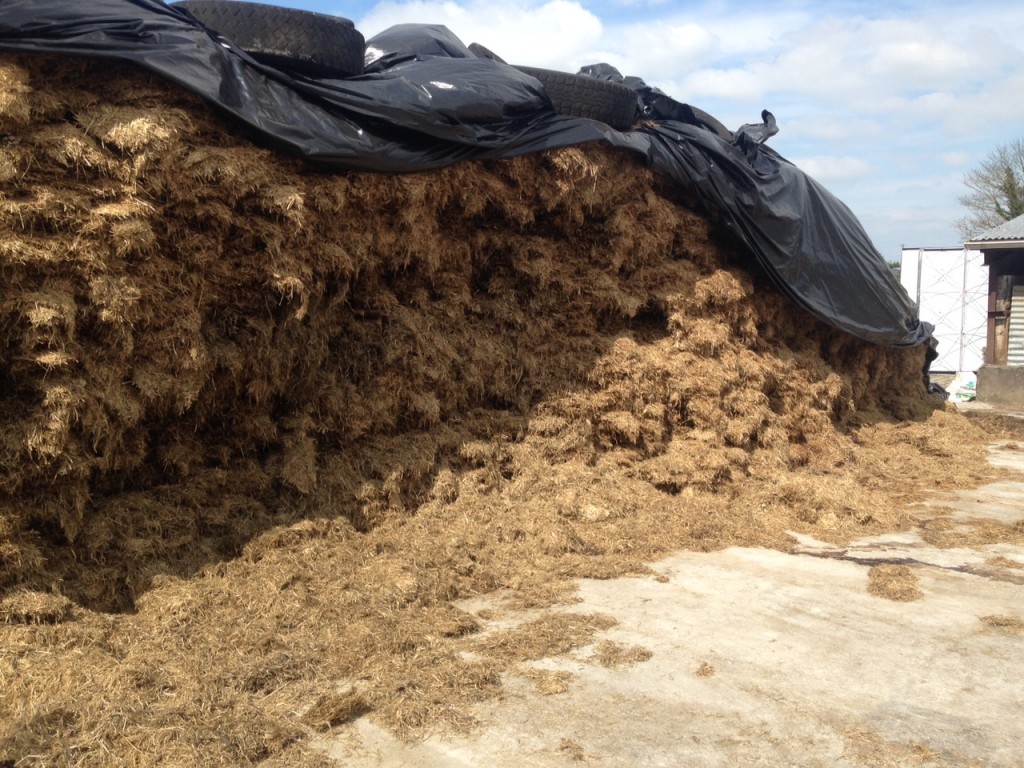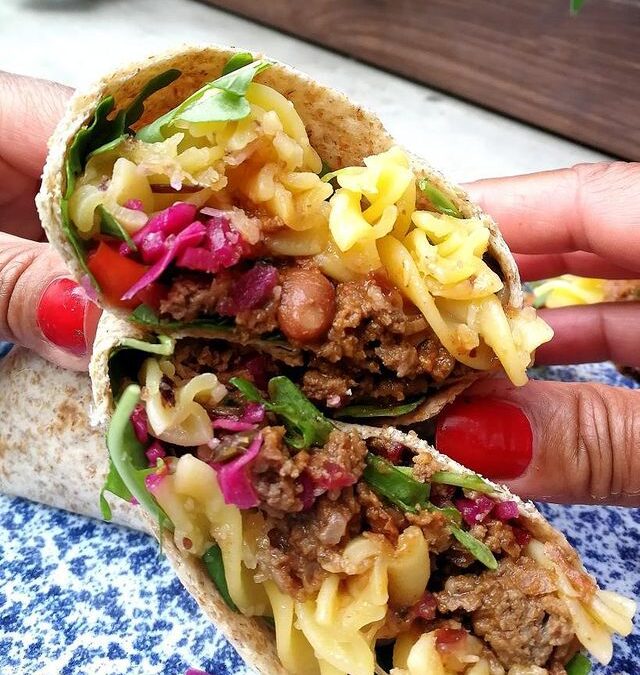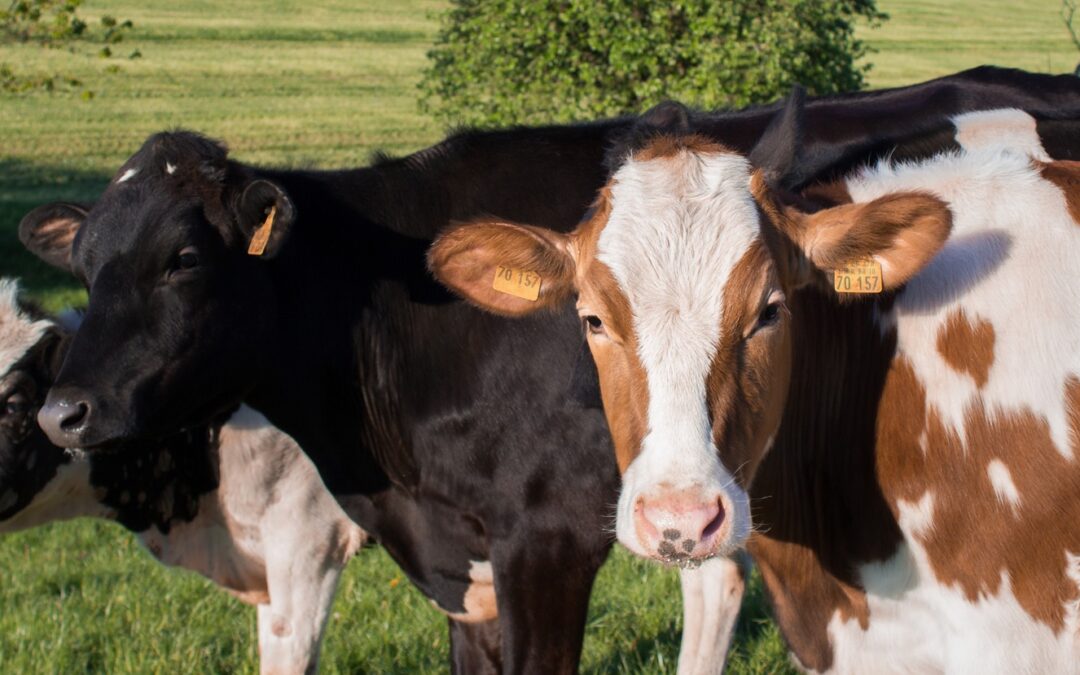By Summer all dairy milking cows will have given birth by now and will be back in the herd milking twice a day. All the dairy herd are back together grazing on fresh summer grass. Irish Dairy cows usually hit their peak milk yield in the months of late April and mid May. On average in Ireland Holstein Friesian cows milk 7330 litres/year. The main reason for this is because grass quality is high and palatable. The higher the quality of grass the higher the milk yields.
Summer time on dairy farms is not as busy as the Spring time. The weather tends to be good and all cows are out on grass grazing day and night. The biggest task in the summer for farmers is preparing for silage the feed that will keep cattle fed during the winter. Silage is fermented (preserved) grass. Due to our climate Ireland get reasonably harsh winters which means we cannot leave our animals outside for three to four months of the year. Grass doesn’t grow much from October to January due to low temperatures and excessive rain. Animals would also damage the soft land if they were outside all winter making it very difficult to grow good quality grass for the Spring.
All silage fields are closed in mid March. This means no livestock can graze these fields. Farmers spread fertiliser on these fields in March and wait until May to cut it. Farmers in Ireland tend to outsource the cutting of silage to their local contractor. Contractors in Ireland have very expensive equipment like silage harvesters, large trailers to transport the silage back to the farm and mowers to cut the grass. Once the grass is cut it is left wilt (dry it out) and sugar content will be at its highest. The grass is then picked up once it is dry and brought back to the farmyard by tractor and trailer. The grass is piled and compacted together into a wedge called a silage pit.
Once all of the grass has been brought back into the farmyard farmers now have to cover the grass. Farmers use a thick plastic sheet to put over the silage pit. This plastic sheet is kept down by putting old tyres on top of it so no air can get under the sheet spoiling the grass. The grass is preserved in a process called fermentation. Silage undergoes fermentation about 48 hours after being put in the pit. Fermentation converts sugars to acids. This process usually takes 14 days. This process preserves the silage for months once no oxygen is present. Oxygen can spoil the quality of silage if present. Good quality silage will be golden in colour and will have a nice sweet smell. Silage must have a DMD (Dry Matter Digestibility) score of 70% for it to be of benefit to milking cows.
Other activities done on the farm during the summer would be dosing of cattle to ensure they don’t get sick. Putting spring calves out on grass for grazing once the calves have developed their rumen which allows them to digest grass. Calves usually get to graze for five to six months before being brought in when it gets too cold. All sheds that cattle stay in during the winter are washed out and disinfected to kill all harmful bacteria. The sheds are then ready for the animals once they come back in. Farm animal manure is spread on fields to get grass growing in the summer. This is spread when the weather is dry so the slurry will seeps its way into the soil adding key nutrients for grass to grow.






